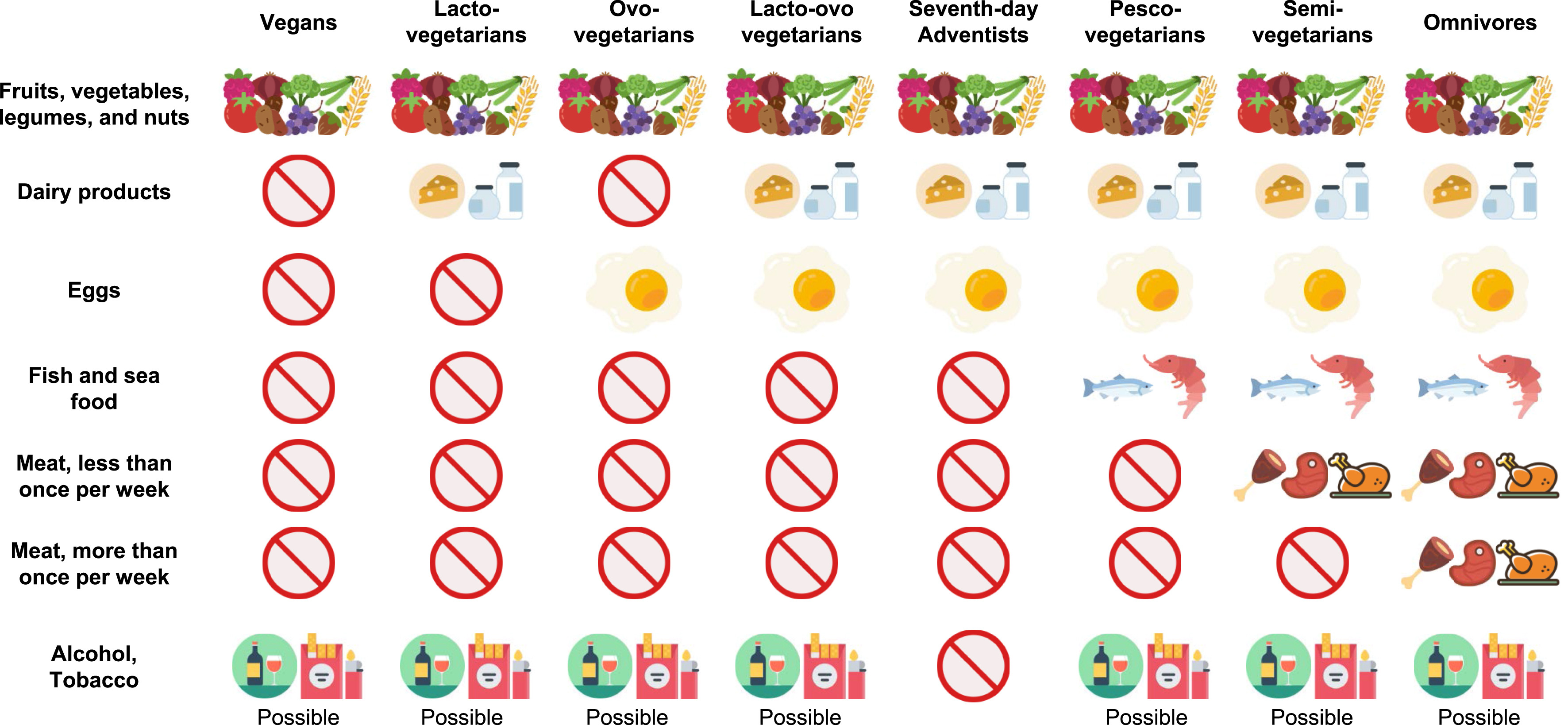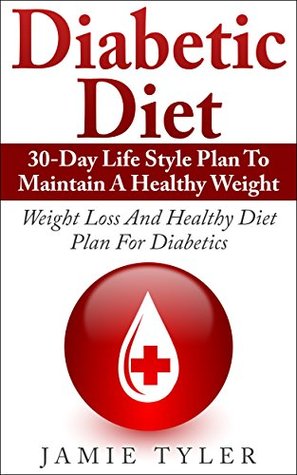
Vegetarian diets have been associated with lower rates of cardiovascular disease mortality. They are also known to improve blood circulation, and lower cholesterol. In 1961, the American Medical Association said that a vegetarian diet could help prevent 97% of coronary complications. Dr Donald Ross from the National Heart Hospital recommends that patients reduce their meat intake by half and increase their vegetable intake. Patients should also cut out dairy products. Some researchers believe that this is because the human body does not have a natural adaptation to meat protein.
A plant-based diet lowers the risk of cardiovascular disease.
Recent research has shown that a plant-based diet can lower your risk of developing heart disease by as much as 19%. Researchers compared four eating patterns of middle-aged adults to find the best. The study was published in the Journal of the American Heart Association. The lower risk of all-cause and cardiovascular death was seen in those who ate more plant-based foods. They also saw a 19% drop in the chance of dying from heart disease.

Carnitine allows TMAO to be released into the intestinal tract
Carnitine is found in many energy drinks as well as sports drinks. Carnitine, a nutrient, is essential for cardiovascular health. It may also help with weight loss, muscle growth, and athletic performance. Carnitine stimulates formation of a compound known as TMA when it is consumed. The liver then converts TMA into TMAO. TMAO may alter cholesterol metabolism and contribute to plaque formation in the arteries. Cleveland Clinic research has shown that TMAO levels in blood rise after eating steak.
Low levels of vitamin B12 are a problem
Research shows that vegetarians are more likely to develop the condition than those who are not vegetarian. However, the relationship between low vitamin B12 levels and vegetarianism remains unclear. It is not a common condition, but it is worth considering. For vegetarians and vegans, there is a small chance of developing this condition. Low vitamin B12 levels could also be linked to obesity, osteoporosis or constipation.
Recent vegetarian celebrities
Veganism is becoming a popular trend among Hollywood stars. The latest example is Lizzo. At age 14, her song "Ocean Eyes" was her first hit. She has a vegan label and has publicly spoken about animal rights. Moby and Will.i.am also have vegan celebrity status. These celebrities have been recognized for their commitment towards animal rights. Is it possible to live a healthier life by going vegan?

Another reason to promote vegetarianism
A meta-analysis that looked at previous studies shows that eating a vegetarian diet could lower your chances of developing heart diseases by lowering blood pressure and cholesterol. Nearly 45,000 participants came from many countries. Of these, 34% were vegetarians. It is rare to find such a high level of vegetarians in research. This meta-analysis found that diet may reduce the risk of developing heart disease by as high 31%. It is a substantial benefit.
FAQ
How can I reduce my blood pressure
Find out the causes of high blood pressure first. Then you need to take steps to reduce this cause. This could mean eating less salt, losing some weight, taking medication, and so on.
It is important to ensure that you get enough exercise. You can also walk if you don’t have the time.
You should join a gym if you are unhappy with your exercise routine. You'll probably want to join a gym where there are other people who share your goals. It is easier to adhere to a fitness routine when someone else will be there with you.
How does an anti-biotic work?
Antibiotics are drugs that destroy harmful bacteria. To treat bacterial infections, antibiotics are used. There are many different types of antibiotics. Some can either be administered orally, while others may be injected. Other antibiotics can also be applied topically.
Many people who have been exposed can be prescribed antibiotics. If someone has chicken pox, they might need to take an oral antibiotic in order to prevent shingles. A penicillin injection might be given to prevent pneumonia in someone who has had strep.
If antibiotics are to be administered to children, they must be prescribed by a doctor. Children are more susceptible to side effects from antibiotics than adults.
Diarrhea is the most common side effect from antibiotics. Other side effects possible include dizziness, nausea, vomiting, stomach cramps, stomach pains, dizziness and allergic reactions. These side effects typically disappear once treatment is complete.
How do you measure body fat?
A Body Fat Analyzer can be used to measure body fat. These devices are used for measuring the percentage of body fat in people who want to lose weight.
What is the difference of a virus from a bacteria?
A virus, a microscopic organism that can not reproduce outside of its host cells, is called a virus. A bacterium, a single-celled organism, reproduces by splitting into two. Viruses have a very small size (approximately 20 nanometers), while bacteria can grow to a maximum of 1 micron.
Viruses spread easily through contact with bodily fluids infected, including saliva and urine, semen, vaginal secretions or pus. Bacteria can easily be spread from direct contact to contaminated objects and surfaces.
Viral infections can be transmitted through skin cuts, scrapes and bites. They can also enter the body through the nose and mouth, eyes, ears or rectum.
Bacteria can enter the body through cuts, scrapes burns and other injuries to the skin. They may also enter our bodies from food, water, soil, dust, and animals.
Both bacteria and viruses can cause illness. But viruses can't multiply within their host. They only infect living tissues when they cause illness.
Bacteria can cause illness by multiplying in the body. They can spread to other parts of our bodies. To kill them, we must use antibiotics.
Statistics
- WHO recommends reducing saturated fats to less than 10% of total energy intake; reducing trans-fats to less than 1% of total energy intake; and replacing both saturated fats and trans-fats to unsaturated fats. (who.int)
- In both adults and children, the intake of free sugars should be reduced to less than 10% of total energy intake. (who.int)
- According to the 2020 Dietary Guidelines for Americans, a balanced diet high in fruits and vegetables, lean protein, low-fat dairy and whole grains is needed for optimal energy. (mayoclinichealthsystem.org)
- According to the Physical Activity Guidelines for Americans, we should strive for at least 150 minutes of moderate intensity activity each week (54Trusted Source Smoking, harmful use of drugs, and alcohol abuse can all seriously negatively affect your health. (healthline.com)
External Links
How To
What does the meaning of "vitamin?"
Vitamins are organic substances found naturally in food. Vitamins aid us in absorbing nutrients from the food we eat. Vitamins cannot be produced by the body. They must be obtained from food.
There are two types vitamins: water soluble or fat soluble. Water-soluble vitamins dissolve in water easily. Vitamin C,B1(thiamine), B2 (2riboflavin), and B3 (3niacin), as well as vitamin C,B1, B2 (riboflavin), and B3 (niacin), vitamin B6 (pyridoxine), vitamin folic acid (biotin), pantothenic, and choline are examples. Fat soluble vitamins are stored in the liver and fatty tissue. You can find vitamin D, E K, A and beta carotene as examples.
Vitamins are classified according to their biological activity. There are eight main types of vitamins:
-
A - vital for normal growth and maintaining good health.
-
C - vital for nerve function and energy generation
-
D - essential for healthy teeth and bones.
-
E - required for good vision & reproduction.
-
K – Required for healthy muscles & nerves.
-
P - vital for building strong bones andteeth.
-
Q – aids digestion and absorption.
-
R - Red blood cells are made from red blood cells.
The recommended daily allowance for vitamins (RDA) varies according to age, gender, or physical condition. The U.S. Food and Drug Administration sets RDA values.
For adults aged 19 and older, the RDA for vitamin B is 400 micrograms daily. For fetal development, pregnant women require 600 micrograms per daily. Children ages 1-8 require 900 micrograms per day. Children under 1 year old require 700 micrograms daily, while infants over one year old need 500 micrograms every day. This decreases between 9 and 12 months.
Children aged between 1-18 years old who are obese require 800 micrograms per Day, while overweight children need 1000 micrograms every day. Children underweight or obese will require 1200 micrograms a day to meet their nutritional requirements.
Children aged 4-8 years old who have been diagnosed as having anemia require 2200 micrograms of vitamin C per day.
2000 micrograms per person is necessary for general health. Mothers who are pregnant, nursing, or have a high nutrient need will require 3000 micrograms a day.
Adults over 70 years of age need 1500 micrograms per day since they lose about 10% of their muscle mass each decade.
Women who are pregnant or lactating need more than the RDA. Pregnant women require 4000 micrograms daily during pregnancy, and 2500 micrograms every day after birth. Breastfeeding mothers need 5000 mg per day when breastmilk is being produced.